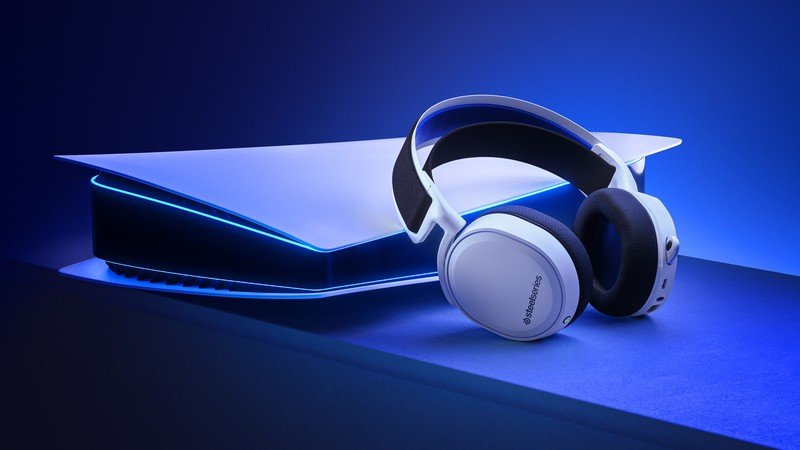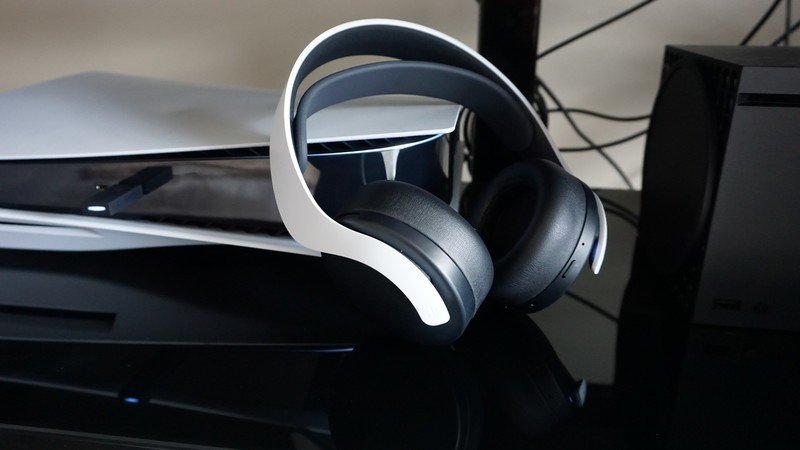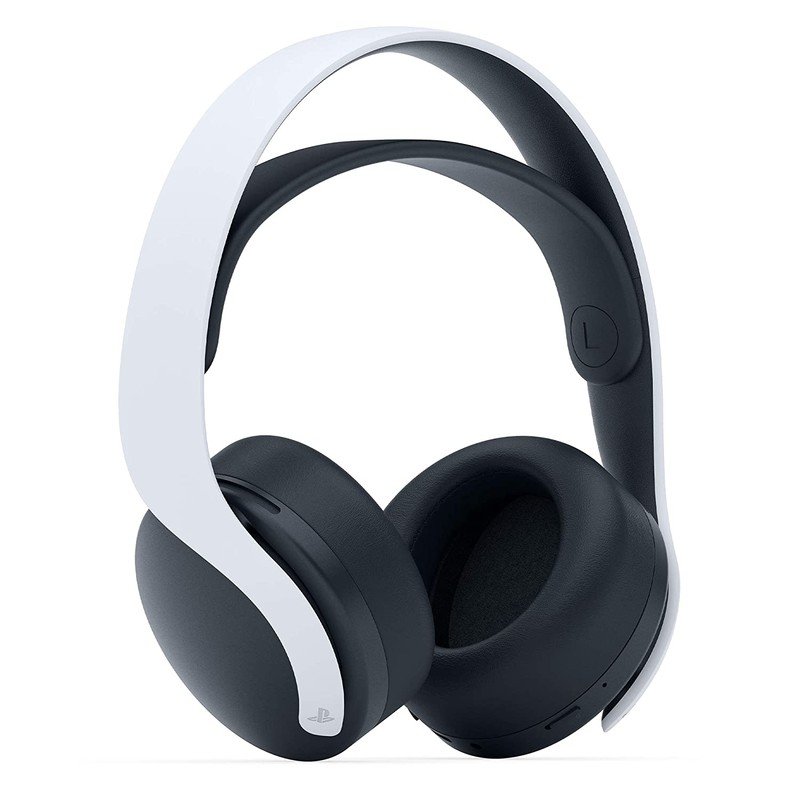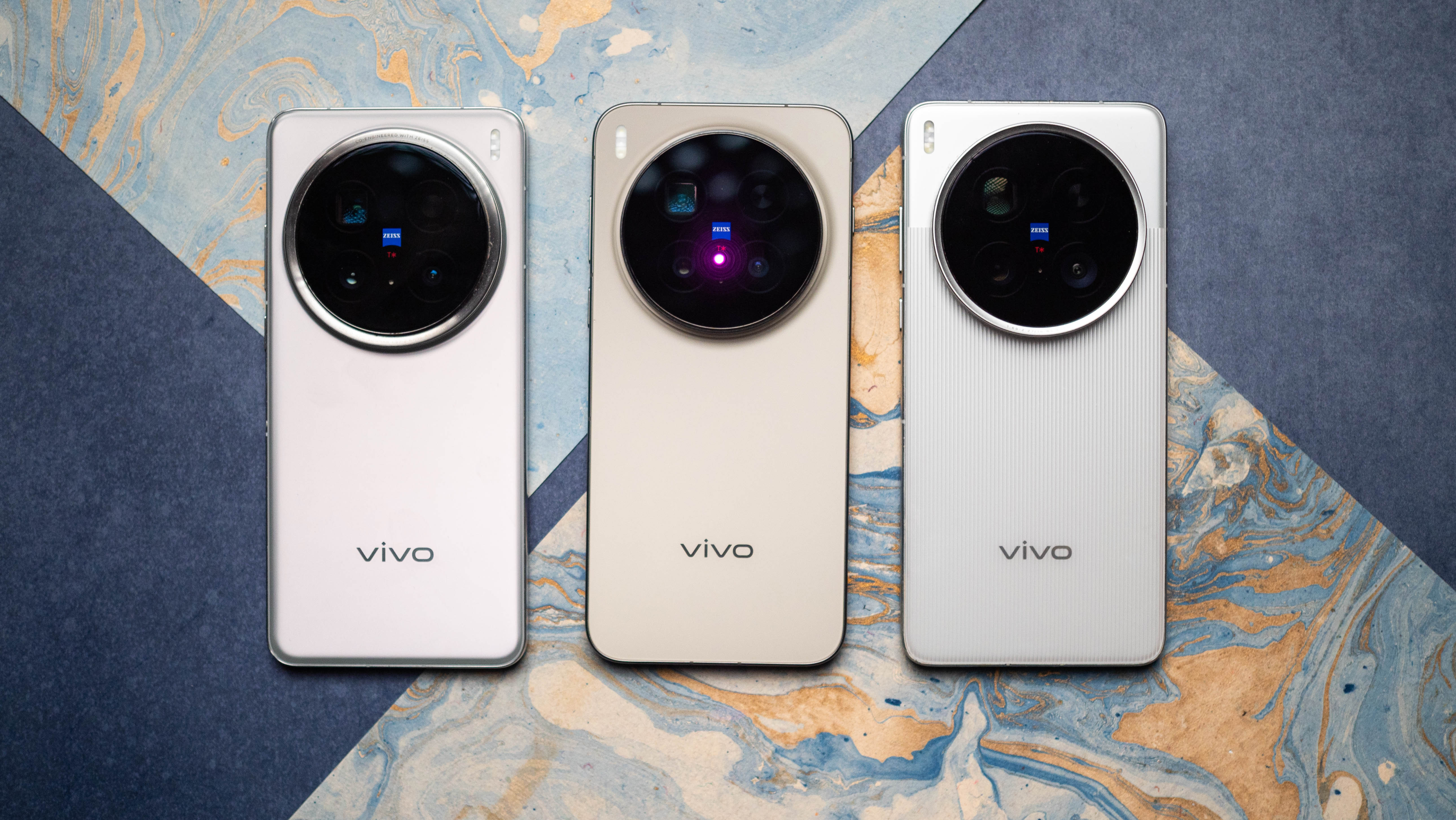Arctis 7P vs Pulse 3D: Which PS5 headset should you buy?
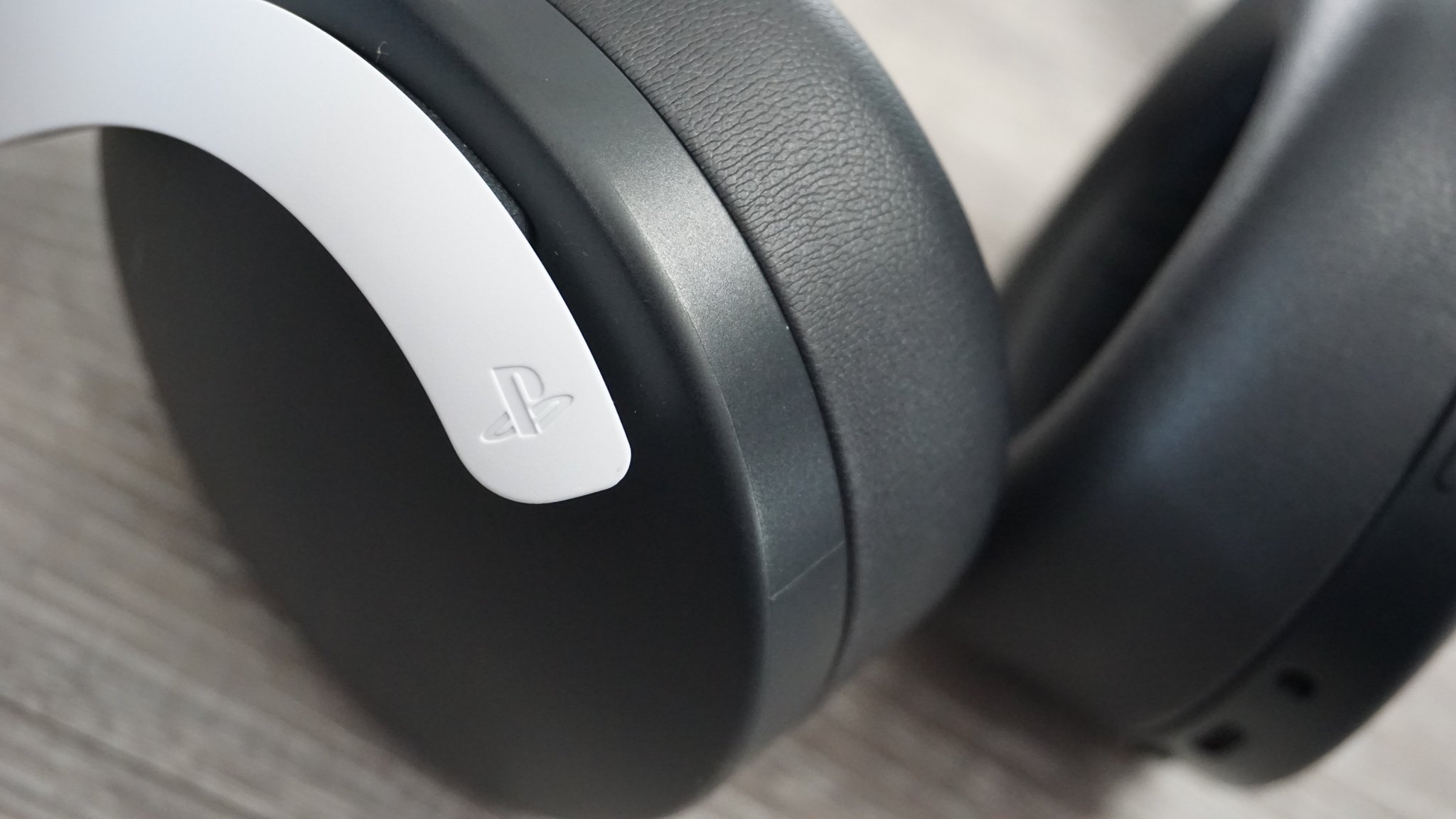
Steelseries Arctis 7P

The Arctis 7P is an excellent headset if you're looking for great sound, build quality, and a solid mic to chat with your friends. Its price tag and comfort, which is dictated by your head shape, may put some people off though.
Steelseries Arctis 7P
Comfort and convenience
Sony Pulse 3D Wireless Headset

The Pulse 3D is the cheapest way to experience the PS5's 3D audio in a comfortable and aesthetically pleasing headset. However, the absence of an arm does harm the mic quality. Also, the control placement on the earcup feels slightly counterintuitive, leaving you occasionally feeling around for the desired button.
Sony Pulse 3D Wireless Headset
Affordable and official
The Pulse 3D is the official PS5 headset and is a great way to experience high-quality features at a very affordable price. If you've just invested in a brand new console and want to spend as little as possible for a great headset, the Pulse is for you.
Priced at $50 more, the Arctis 7P comes with increased build quality, comfort, and battery life, as well as an improved mic. If you're looking for something to sustain long sessions with friends, the 7P is the one to get. The Pulse is perfectly solid, though, and showcases the 3D audio boasted by the PS5 extremely well. Let's see how these headsets match up.
Arctis 7P vs. Pulse 3D: Key differences
The Pulse 3D and Arctis 7P have some important similarities as well as distinctions. Sound is very similar between the two headsets, with both using the PS5's Tempest 3D audio and sounding great overall. Battery life is doubled in the Arctis 7P, although it does take slightly longer to charge. Aesthetics should be considered, too. The Pulse 3D lacks a mic arm which harms the mic quality but improves the visual appeal and compactness. There are plenty of factors, so let's see how the two PS5 headsets compare.
| Header Cell - Column 0 | Arctis 7P | Pulse 3D |
|---|---|---|
| Design | Aluminium frame, suspension band for comfort | Plastic frame, suspension band for comfort |
| Weight | 352g | 295g |
| Driver diameter | 40mm | 40mm |
| 3D audio | Yes | Yes |
| Mic | Retractable arm, Clearcast, bi-directional, noise-canceling | Hidden, noise-canceling |
| Connection | 2.4 GHZ wireless USB dongle | 2.4 GHZ wireless USB dongle |
| Wireless range | 118 ft (35.97 m) | 195 ft (59.44 m) |
| Bluetooth | No | No |
| Charger | USB-C | USB |
| Charging time | 4h | 3h |
| Battery life | 24h | 12h |
Both the Pulse 3D and the Artis 7P are great headsets capable of immersing a player in a gaming session and showcasing the excellent audio features of the PS5. There are clear differences in mic, specs, and design, but they match up fairly equally in most other areas.
Arctis 7P vs. Pulse 3D: Headset design and mic usage
The Arctis 7P is a good-looking headset, though less so than the Pulse 3D. Its metal frame provides stability during use. While both headsets utilize a suspension band, the ski goggle-influenced design found in the Arctis is the far superior choice and provides a great deal of comfort. However, the rigidity can result in a slightly loose fit, depending on your head shape.
Get the latest news from Android Central, your trusted companion in the world of Android
The Pulse 3D looks extremely striking, the black and white color scheme perfectly matching that of the PS5. It is also very lightweight and minimalist, with the lack of a mic arm contributing to both. While perfectly functional, the plastic frame reduces the overall build quality compared to the Arctis 7P and the suspension band-aids comfort during long sessions. Button selection can be a confusing experience, though. Some buttons feel very similar, making it too easy to click the wrong option, or you might find yourself fumbling around for the right one.
One of the big differences between the two headsets is the mic. The Arctis features a noise-canceling bi-directional mic on a retractable arm and sounds extremely clear and crisp. Moving the arm helps fine-tune the sound depending on how the headset fits, and being able to retract the mic is a convenient feature.
The Pulse 3D contains a noise-canceling inbuilt mic, hidden to aid the sleek nature of the design. Unfortunately, while the headset looks infinitely more attractive without a mic arm, the quality suffers as a result. The sound is slightly muffled and hollow, but it is still serviceable. For some people, such as single-player gamers, the differences here may not matter to you a great deal. However, the Arctis does excel in the mic department.
Arctis 7P vs. Pulse 3D: Battery life, performance, and connectivity
The prospect of double the battery life in the Arctis 7P is a tantalizing one. It represents a major advantage over the Pulse 3D. Capable of lasting 24 hours without the need to reach for a charger, the long-lasting headset represents real convenience for the gamer who wants to play for long sessions. The charging time is a little longer than the Pulse 3D, though, at 4 hours.
The charging time in the Pulse 3D (3 hours) may be quicker than the Arctis 7P, but the overall battery life is greatly lowered. The 12-hour time limit is quite poor compared to the Arctis, and while this still will last a couple of sessions, it's one of the clearest distinctions between the two headsets.
General sound quality is very similar in both headsets, and both feature 40mm drivers. There is also very little to separate them in terms of the 3D audio sound and delivery. It is worth noting that neither headset features surround sound due to the vastly superior 3D audio offered by the PS5. Instead of surround sound determining the general angle that noise comes from, 3D audio is far more precise, allowing the player to pick up on its exact location, pitch, and tone.
In terms of connectivity, both headsets offer flawless connections using their respective 2.4 GHZ dongles, with the Pulse 3D able to boast a slightly longer range, at 195 feet compared to 118 feet for the Arctis 7P.
Arctis 7P vs. Pulse 3D: Price and availability
The Arctis 7P is priced at $150 and comes with excellent features to back up that price. However, it is tough to find with long waits between restocks and Covid-19 affecting the overall stock. Be sure to keep your eyes peeled on forums and social media channels so that you don't miss out.
The Pulse 3D is priced at $99 and represents great value with some decent features. While it can be more difficult to find than your average headset, stock levels have been steadily improving, and it is currently much easier to buy a Pulse 3D than the Arctis 7P.
Arctis 7P vs. Pulse 3D: Which should you buy?
Overall, both headsets offer broadly similar features, with the Arctis 7P excelling in a few areas. The mic, general comfort, and battery life offered by the Arctis are far more than what the Pulse 3D can deliver, although this does come with a higher price tag. Both headsets offer a very similar quality of sound, with the general sound performance and the level of 3D audio being very comparable in both.
Ultimately, the Steelseries Arctis 7P is the better choice, and if you're looking for a 3D audio-compatible PS5 headset that can provide everything extremely well, this headset is for you. The areas that the Arctis is superior in make it an attractive proposition and should be considered for someone interested in all aspects of gaming and doesn't mind purchasing a non-official accessory. The Pulse 3D is by no means bad, though, and If you're more interested in 3D audio than playing with friends, looking for a budget next-gen option, or if you want a solid official headset, this is the one to buy.

Matt has been gaming since he was young, and enjoys exploring obscure indie games in between the latest AAA releases. The train sequence from Uncharted 2 still blows his mind. Find him on twitter @mshore94.
